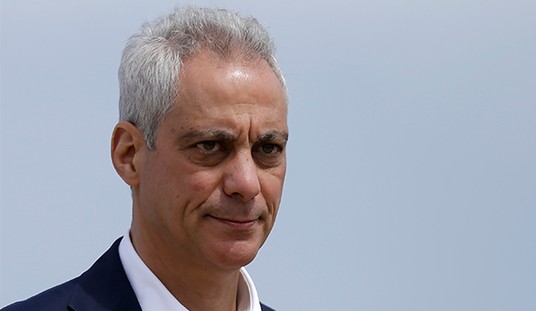One of the fundamental principles of America is equality under the law. That means the same rules should apply to everyone, with no favoritism for anyone.
In the context of tax reform, that means the tax code should be neutral in regard to particular businesses or investment opportunities. The lower tax rates of tax reform are supposed to provide equal incentives for all to be more productive, and contribute to the economy, increasing savings, investment, business startups, business expansion, entrepreneurship, job creation, and work. But which businesses should prosper the most, or which investments should be made, is to be left up to markets to decide.
The focus of tax reform was corporate rate cuts, because corporate and business taxation were the biggest problems in our tax code. Presidents Kennedy and Reagan slashed the individual tax rates for workers, from a top rate of 91% when Kennedy entered office, to a top rate of 28% when Reagan left office, with just one more rate of 15% for the middle class.
But when Trump entered office, America’s corporate tax rate was nearly 40%, counting state corporate rates on average. That was actually the highest corporate rate in the world, except perhaps for the socialist one party state of Cameroon.
Countries across Europe and Asia had been cutting their corporate rates for 25 to 30 years, to an average of 20.1% for Asia, 18.9% for Europe. That was primarily because modern economic studies showed that corporate taxes are actually borne by workers in terms of lost jobs and lower wages paid. This is why the Trump Republican tax reform cut the federal corporate tax rate from 35% to 21%.
But not all businesses are corporations paying corporate taxes. The smaller businesses, which actually create the most jobs in America, and have been doing so since World War II, are not organized in traditional corporate form.
Recommended
They are organized as “pass-through” businesses, because their profits are taxed to the owners under the individual tax rates that apply to workers under the individual income tax code. These include sole proprietorships, which are primarily individuals operating businesses directly and personally (particularly professionals such as doctors, lawyers, engineers, architects, shopkeepers, small restaurants, etc), partnerships, limited liability corps (LLCs), Subchapter S corps (which enjoy the legal protections of corporations, but are taxed at individual tax rates like sole proprietorships), and other business combinations.
The tax rates on these businesses were nevertheless high, topping out at over 40%, reflecting the corporate tax rates paid by the corporations they were competing against. But these businesses were not going to benefit from the corporate rate cuts. They needed matching tax cuts to keep competing against their American corporate competitors, and other businesses worldwide in the global marketplace.
So Republican tax reformers devised for them a special, new deduction, under income tax code Section 199A, exempting about 20% of their income from federal income taxes, roughly on par with the tax rate cuts for their bigger corporate competitors. But the trick was making that available for all business operations, without giving the tax cut as well to just high-income workers. Workers got their own direct tax cuts from tax reform.
One area where that didn’t work out well is agriculture. Farmers were considered eligible for the pass through deduction on their income. Tax reform legislators were trying to make sure that farmers operating through agricultural cooperatives got the new 20% deduction as well. But the way the tax reform statute was worded, it seemed to limit the 20% deduction only to farmers that sold their products through cooperatives.
Everyone now admits that was a mistake, from the Trump Administration to Congress. The question now is how to fix it. That is probably going to require new legislation specifying the Section 199A 20% deduction applies to all farmers, whether they sell through cooperatives or directly to the market. Ideally that would be done in the Omnibus bill to fund the government, which is coming up this month.
The point of the corporate and business tax cuts is so that American workers can compete on a level playing field with other workers worldwide. That applies to farmers and their farmworkers as well. Clarification is needed so that tax reform can work for all American workers equally.
Peter Ferrara teaches economics at Kings College in New York, and serves as a Senior Fellow for the Heartland Institute and the National Tax Limitation Foundation. He worked in the White House Office of Policy Development under President Reagan, and as Associate Deputy Attorney General of the United States under President George H.W. Bush.
























Join the conversation as a VIP Member